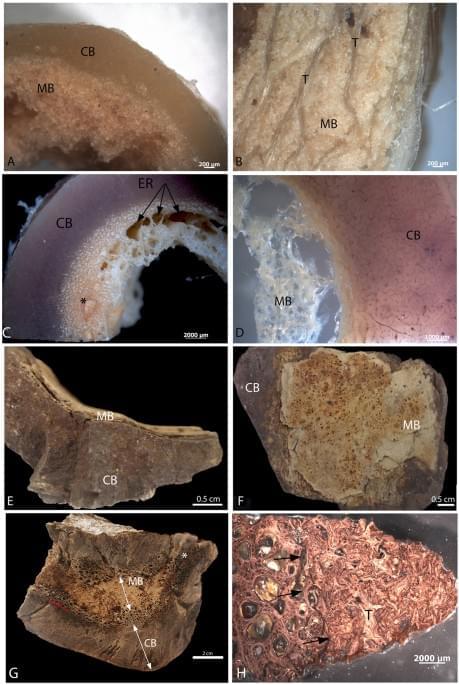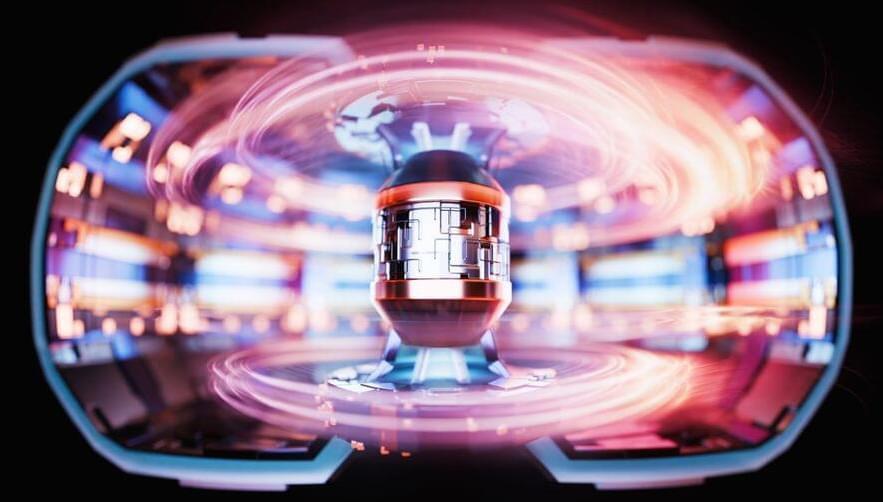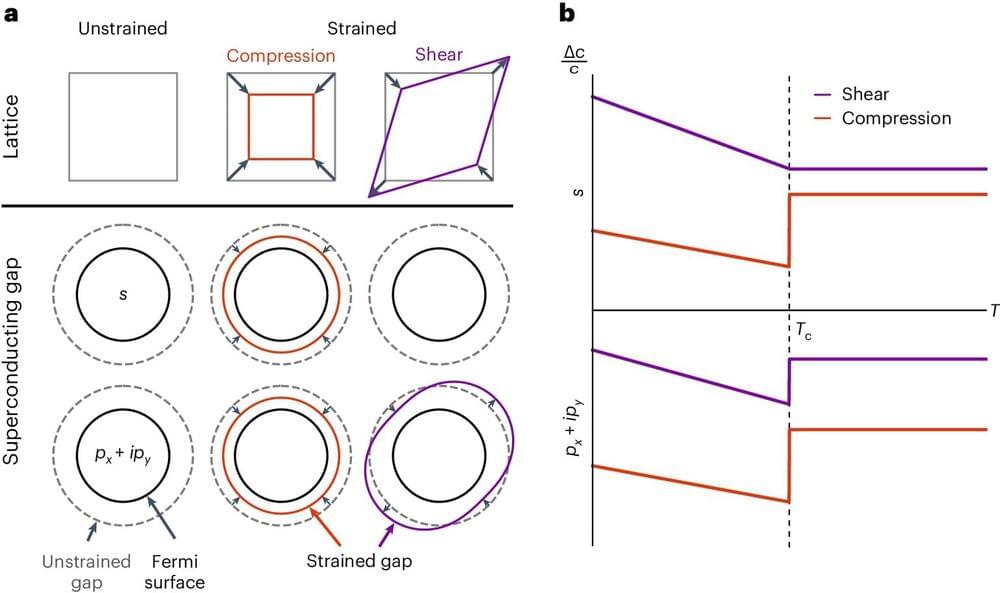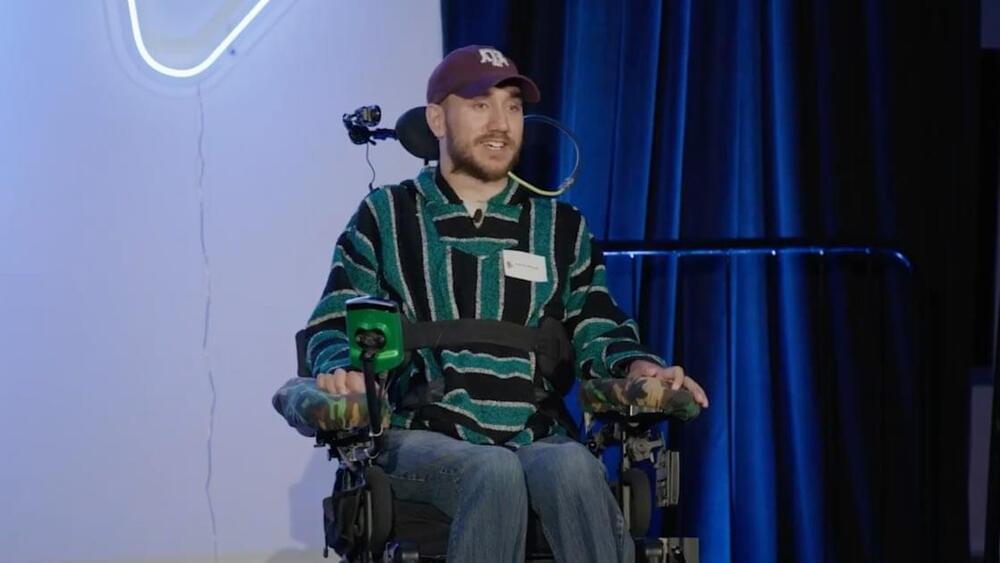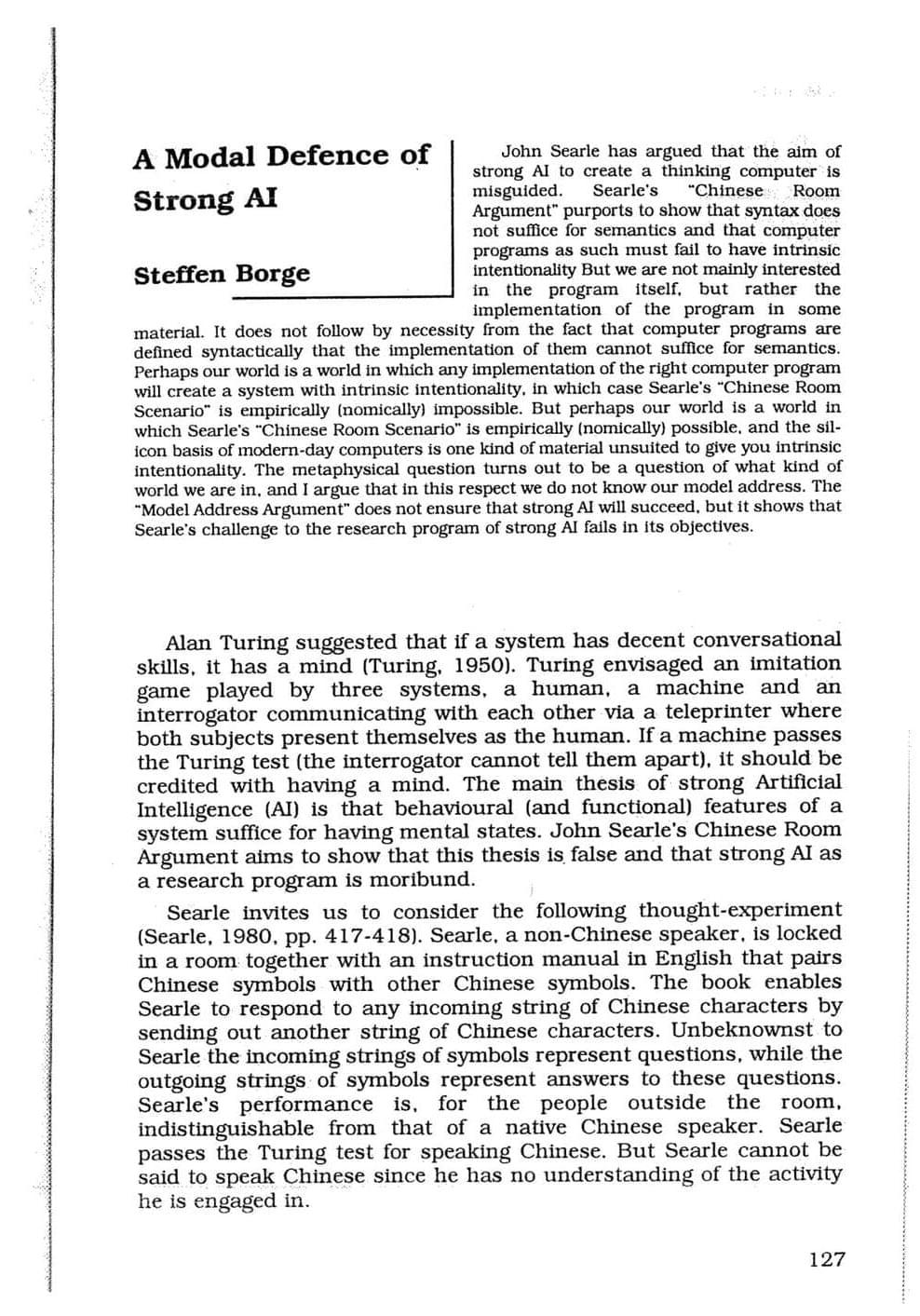Previously seen mainly in rural areas, abandoned houses or “akiya” are now spreading to major cities like Tokyo and Kyoto.
face_with_colon_three year 2008.
Putting more meat on the theory that dinosaurs’ closest living relatives are modern-day birds, molecular analysis of a shred of 68-million-year-old Tyrannosaurus rex protein — along with that of 21 modern species — confirms that dinosaurs share common ancestry with chickens, ostriches, and to a lesser extent, alligators.
The work, published this week in the journal Science, represents the first use of molecular data to place a non-avian dinosaur in a phylogenetic tree that traces the evolution of species. The scientists also report that similar analysis of 160,000-to 600,000-year-old collagen protein sequences derived from mastodon bone establishes a close phylogenetic relationship between that extinct species and modern elephants.
“These results match predictions made from skeletal anatomy, providing the first molecular evidence for the evolutionary relationships of a non-avian dinosaur,” says co-author Chris Organ, a postdoctoral researcher in organismic and evolutionary biology at Harvard University.
Year 2016 face_with_colon_three
Scientific Reports — Chemistry supports the identification of gender-specific reproductive tissue in Tyrannosaurus rex. Sci. Rep. 6, 23099; doi: 10.1038/srep23099 (2016).
Year 2015 😗😁
New Haven, Conn. — Scientists have successfully replicated the molecular processes that led from dinosaur snouts to the first bird beaks.
Using the fossil record as a guide, a research team led by Yale paleontologist and developmental biologist Bhart-Anjan S. Bhullar and Harvard developmental biologist Arhat Abzhanov conducted the first successful reversion of a bird’s skull features. The scientists replicated ancestral molecular development to transform chicken embryos in a laboratory into specimens with a snout and palate configuration similar to that of small dinosaurs such as Velociraptor and Archaeopteryx.
Just don’t call them dino-chickens.
With pulses of sound through tiny speakers, Cornell physics researchers have clarified the basic nature of a new superconductor.
Neuralink’s first human patient has become so adept at using the company’s brain implant that he can now beat other players at video games.
On Wednesday, Elon Musk’s company provided a progress update on Noland Arbaugh, who received a brain implant in January that lets him remotely control the cursor on a laptop.
In March, Neuralink revealed that Arbaugh was using the implant to play games including Chess, Civilization VI, and Mario Kart. In Wednesday’s update, the company reported that Arbaugh’s use of the implant has only improved over time.
Does free will exist? Neil deGrasse Tyson and Chuck Nice sit down with astrophysicist Charles Liu sit down to discuss the existence of free will and whether physics allows for choice in our lives.
We explore cause and effect: how does uncertainty and chaos in the universe factor into free will? How important is the illusion of free will to society? What does a society that acknowledges a lack of free will look like?
Check out our second channel, @StarTalkPlus.
Get the NEW StarTalk book, ‘To Infinity and Beyond: A Journey of Cosmic Discovery’ on Amazon: https://amzn.to/3PL0NFn.
Strong AI and consciousness.
Access 135+ million publications and connect with 20+ million researchers. Join for free and gain visibility by uploading your research.
“There is still a great deal of stigma around the use of substances during pregnancy,” said Dr. Jamie Lo, M.D., M.C.R. “Our hope is that this research supports more open and productive conversations that ultimately result in a healthier pregnancy.”
It has long been known that smoking during pregnancy can result in bad health for newborns, but what are the consequences of smoking both nicotine and cannabis during pregnancy? This is what a recent study published in JAMA hopes to address as a team of researchers investigated the potential health risks for newborns when pregnant mothers smoke both nicotine and cannabis during pregnancy. This study holds the potential to help researchers, medical practitioners, and the public better understand the health risks of cannabis as its recreational use continues to become legalized across the United States.
“With the growing legalization of cannabis around the country, there is often a perception that cannabis is safe in pregnancy,” said Dr. Jamie Lo, M.D., M.C.R., who is an associate professor of obstetrics and gynecology at the Oregon Health & Science University School of Medicine and a co-author on the study. “Because we know that many people who use cannabis often use tobacco or nicotine products, we wanted to better understand the potential health implications on both the pregnant individual and the infant.
For the study, the researchers analyzed hospital discharge data of 3,129,259 pregnant women whose records were obtained from the California Department of Public Health and the California Department of Health Care Access and Information with the goal of using specific health codes to ascertain cannabis and nicotine use during pregnancy, and specifically the health outcomes of their newborns resulting from this exposure. In the end, the researchers determined that 23,007 used cannabis during pregnancy, 56,811 used nicotine during pregnancy, and 10,312 used both during pregnancy.


